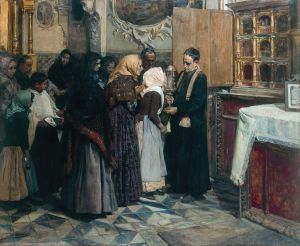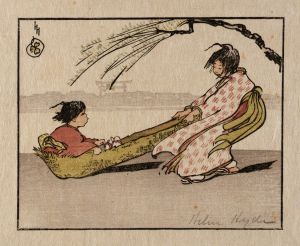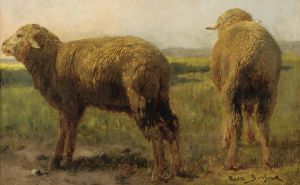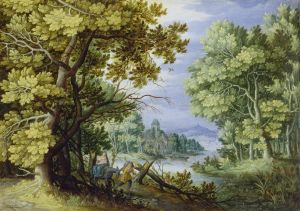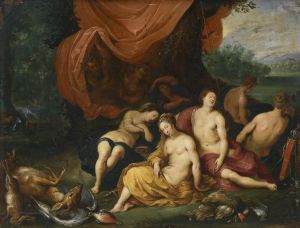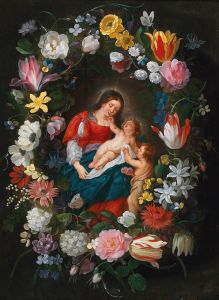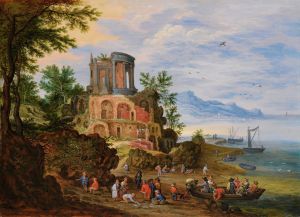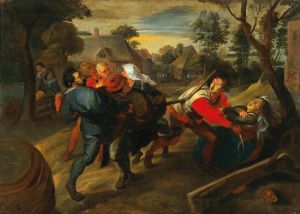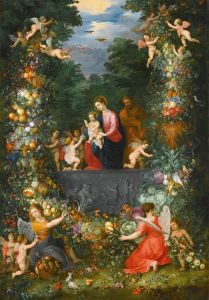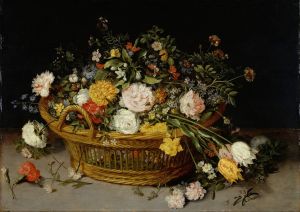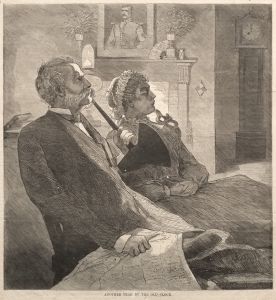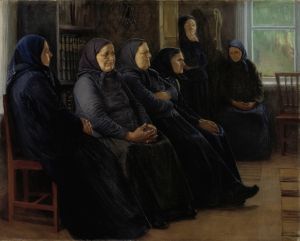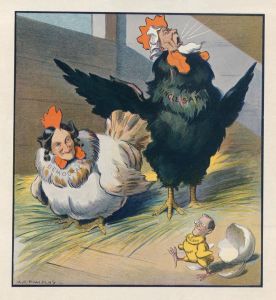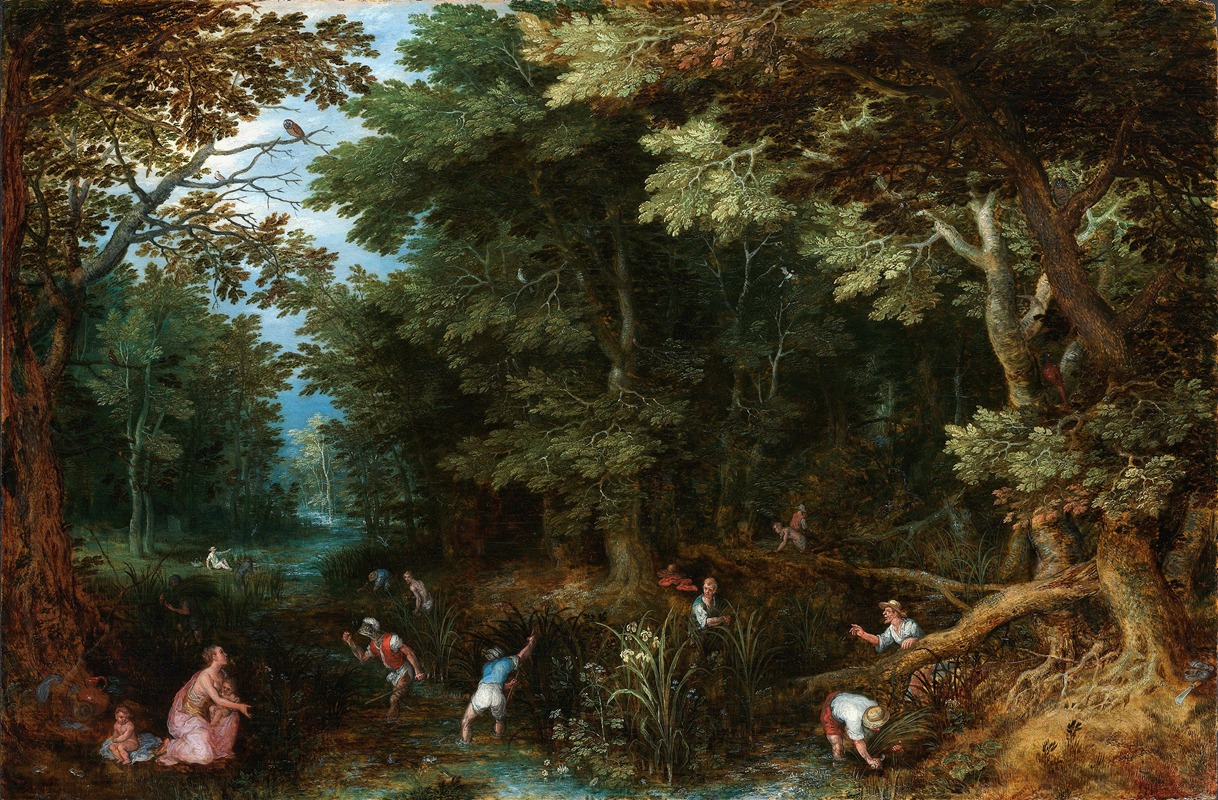
Latona and The Lycian Peasants
A hand-painted replica of Jan Brueghel the Younger’s masterpiece Latona and The Lycian Peasants, meticulously crafted by professional artists to capture the true essence of the original. Each piece is created with museum-quality canvas and rare mineral pigments, carefully painted by experienced artists with delicate brushstrokes and rich, layered colors to perfectly recreate the texture of the original artwork. Unlike machine-printed reproductions, this hand-painted version brings the painting to life, infused with the artist’s emotions and skill in every stroke. Whether for personal collection or home decoration, it instantly elevates the artistic atmosphere of any space.
"Latona and The Lycian Peasants" is a painting by the Flemish artist Jan Brueghel the Younger, a prominent figure in the Baroque period known for his detailed landscapes and allegorical scenes. Jan Brueghel the Younger was born in 1601 in Antwerp, into a family of artists. He was the son of Jan Brueghel the Elder and the grandson of Pieter Bruegel the Elder, both of whom were influential painters of their time. Jan Brueghel the Younger continued the family tradition, often collaborating with other artists and producing works that were rich in detail and vibrant in color.
The painting "Latona and The Lycian Peasants" depicts a scene from Ovid's "Metamorphoses," a classical text that has inspired countless works of art throughout history. In the myth, Latona (also known as Leto), the mother of the twin deities Apollo and Artemis, is wandering the earth with her children. She arrives in Lycia, a region in Asia Minor, and seeks to drink from a pond to quench her thirst. However, the local peasants, who are working in the fields, refuse her request and stir up the water to prevent her from drinking. In response to their cruelty, Latona transforms the peasants into frogs, condemning them to live in the muddy waters they had tried to deny her.
Brueghel's painting captures the moment of this divine retribution. The composition is typically Baroque, with dynamic movement and a dramatic interplay of light and shadow. The figures of Latona and her children are often depicted with a sense of grace and serenity, contrasting with the chaotic and frantic gestures of the peasants as they undergo their transformation. The landscape is lush and detailed, showcasing Brueghel's skill in rendering natural elements with precision and beauty.
Jan Brueghel the Younger's work is characterized by its meticulous attention to detail and vibrant use of color, qualities that are evident in "Latona and The Lycian Peasants." His ability to convey complex narratives through expressive figures and richly detailed settings is a testament to his artistic talent and his deep understanding of the Baroque style. The painting not only illustrates a mythological story but also reflects the moral themes of justice and transformation, common in Ovid's tales.
Throughout his career, Jan Brueghel the Younger maintained a successful workshop in Antwerp, where he produced numerous paintings that were highly sought after by collectors and patrons across Europe. His works often featured collaborations with other artists, including Rubens, and he was known for his ability to integrate figures and landscapes seamlessly.
"Latona and The Lycian Peasants" remains an example of Brueghel's mastery in combining narrative content with exquisite detail, making it a valuable piece for understanding the artistic and cultural context of the Baroque period. The painting is a testament to the enduring appeal of classical mythology in art and the skill of artists like Jan Brueghel the Younger in bringing these ancient stories to life through their work.





